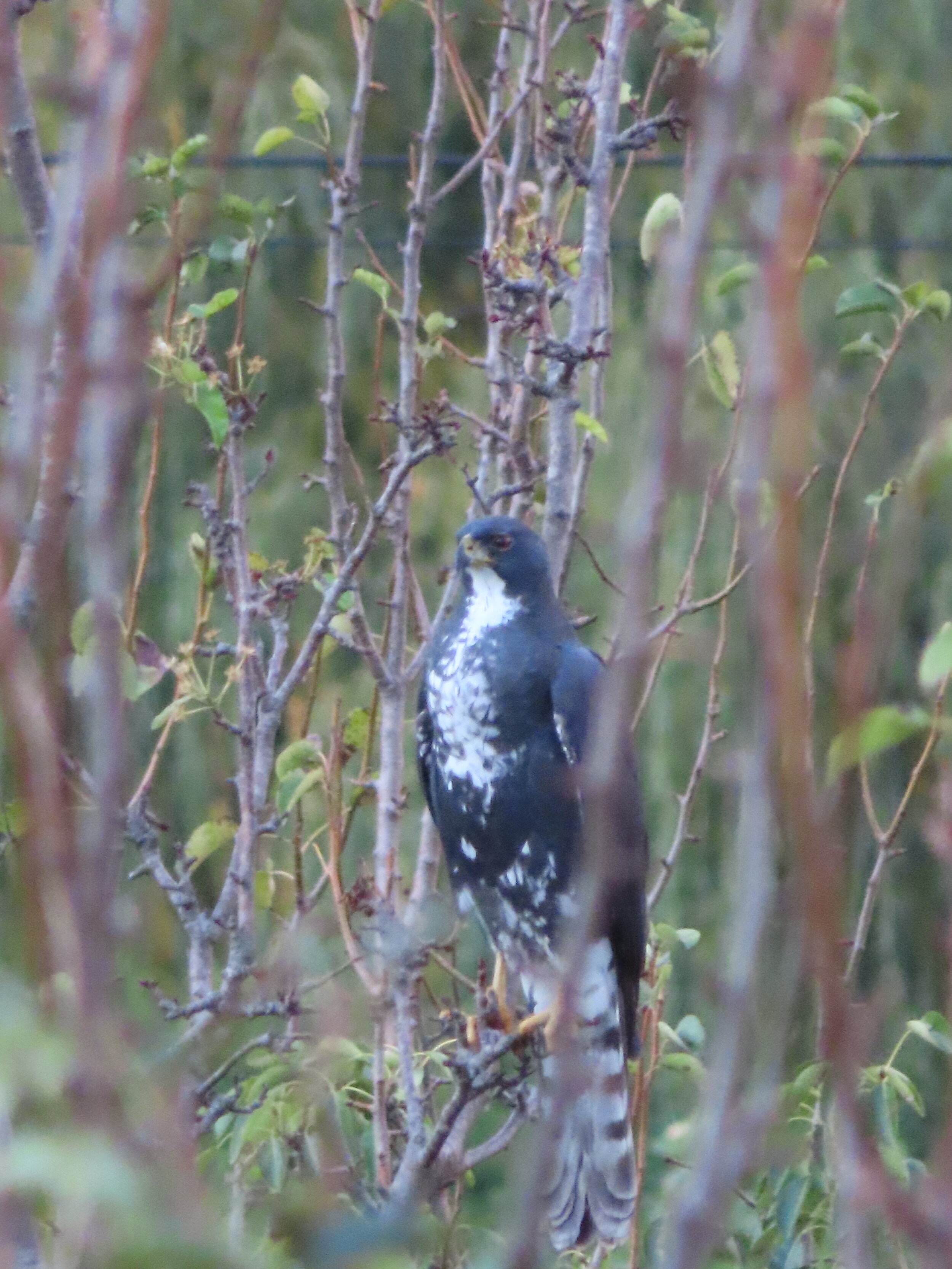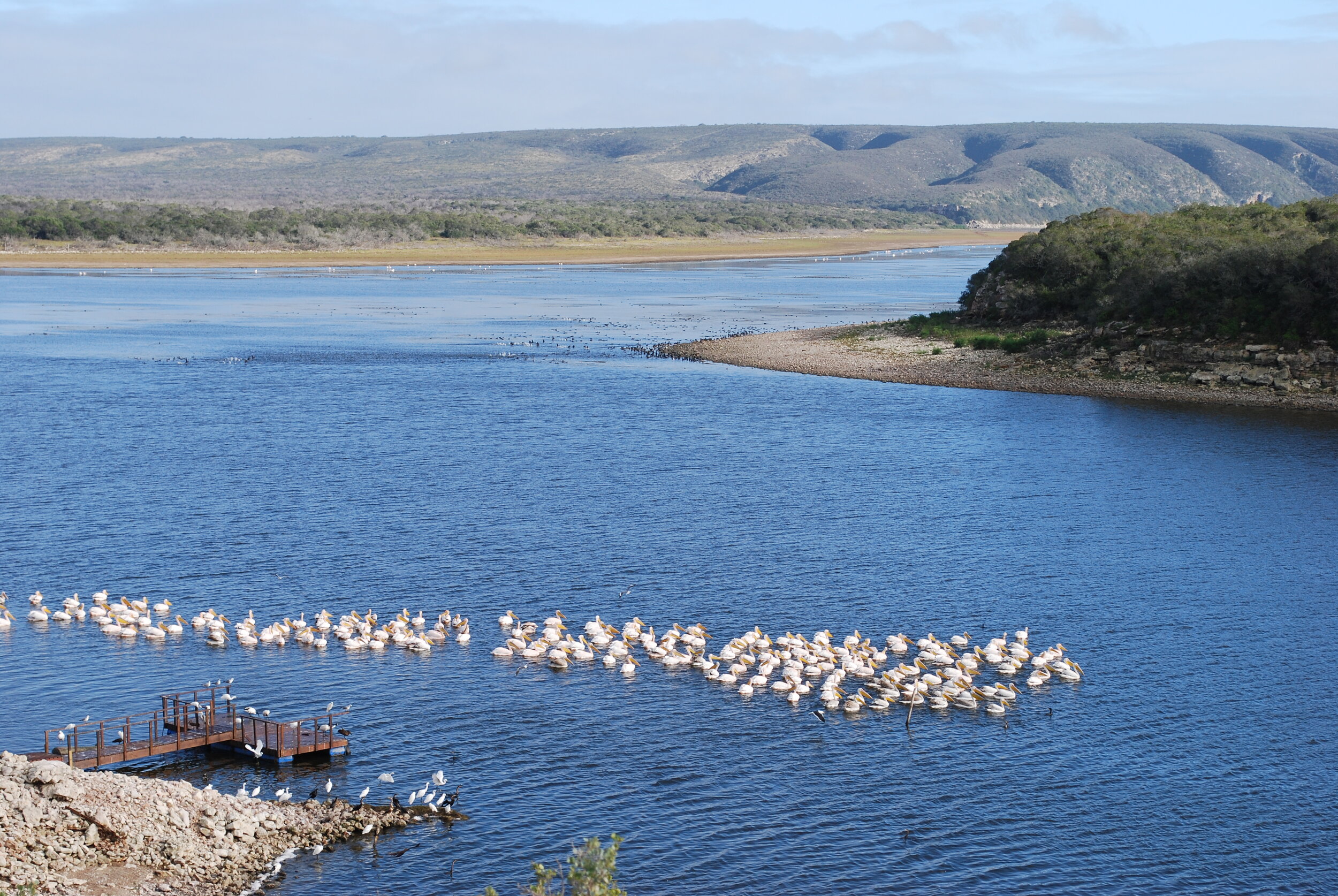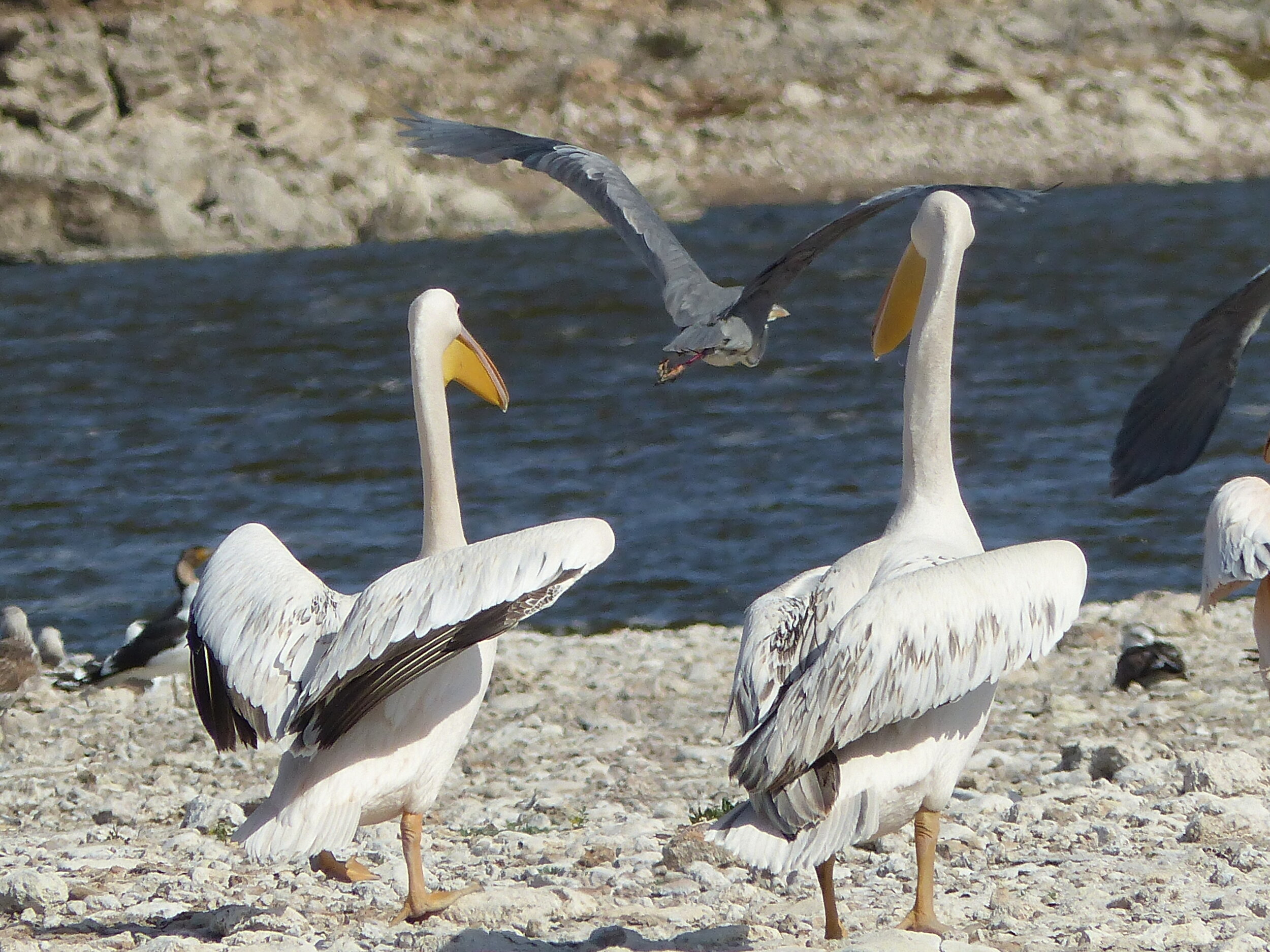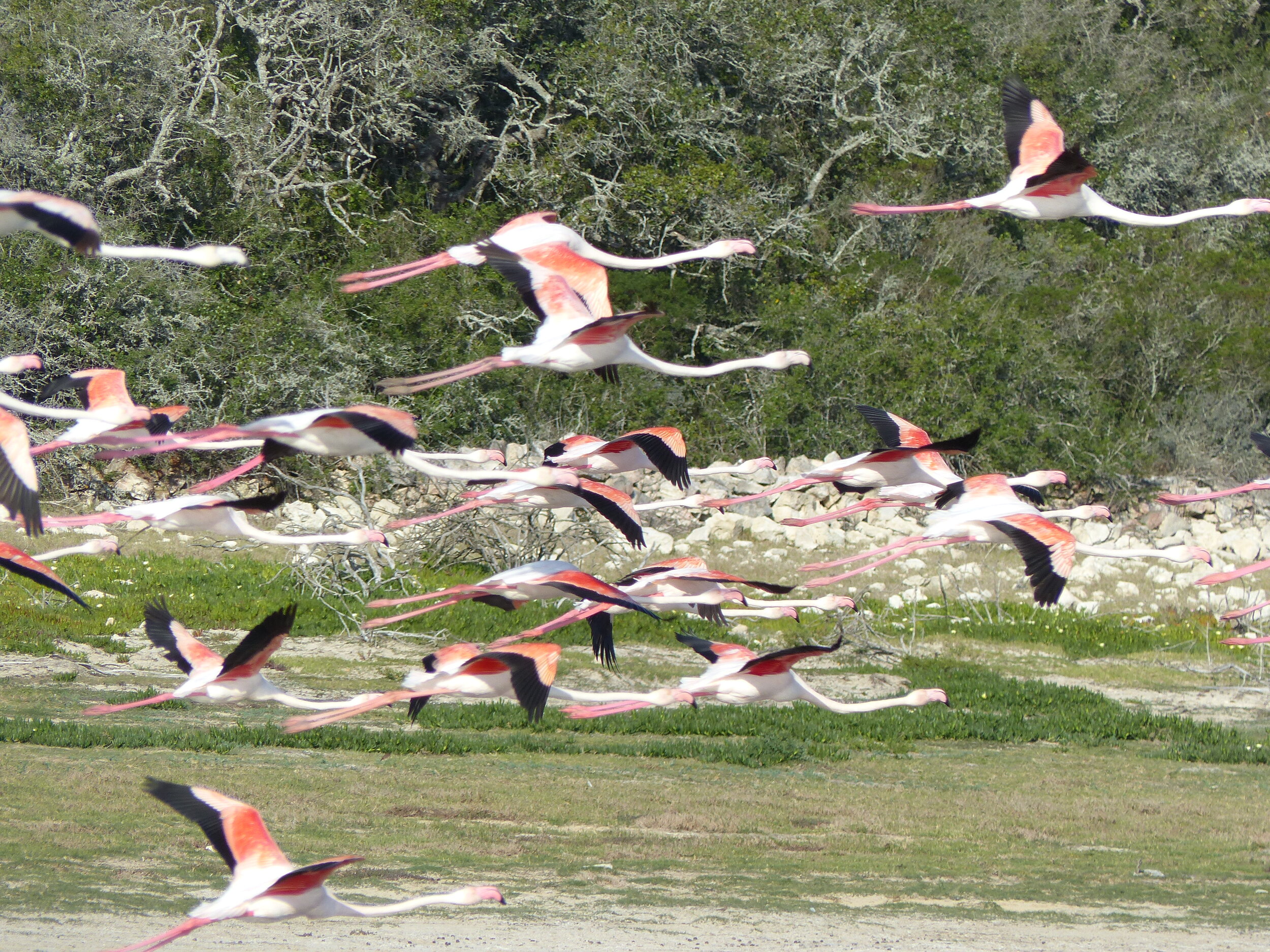Our Solutions are in Nature
Biological Diversity Day, 22nd May 2020
“It shows that "Biodiversity remains the answer to a number of sustainable development challenges that we all face. From nature-based solutions to climate, to food and water security, and sustainable livelihoods, biodiversity remains the basis for a sustainable future.” UNESCO
A great way to celebrate today is to remember a World Day earlier this month, World Migratory Bird Day with the theme ‘Birds Connect Our World’ (9th May 2020)
Every year, more than one hundred bird species travel across the globe, stopping along the way in a variety of natural environments, then onto a new destination, to breeding and resting grounds. This incredible journey is made possible through complex reactions between the bird’s beak, eyes, brain, and ears which allows for accurate navigation over thousands of kilometres and varying landscapes.
The patterns of the sun and stars are imprinted through the birds’ eye. Through tiny concentrations of iron in the birds’ inner ear, they can sense magnetic fields and through that figure out true north. Using olfactory maps, maps created through sensory receptors, the bird can navigate by its sense of smell.
To conserve areas that are of high importance to bird species, the international initiative, Important Birds and Biodiversity Areas (IBA) was created. IBA is implemented through Department of Environment and Forestry and Fisheries who partnered with BirdLife SA. There are 13 500 IBA sites world-wide, and 113 are found in Southern Africa. The Boland Mountains located within the CWBR is one such site. The Berg River Estuary in Velddrift, where the Berg River that flows through the CWBR meets the ocean, is another.
Though we as humans are staying at home with restricted movement, lets celebrate the clear skies and undisturbed sites where birds will travel to this year. Grab a pair of binoculars and see what can be spotted from your window or balcony. Or if fortunate, step into your garden in the early morning or evening to hear and see the birds that surround you.
‘Worldwide, there are eight recognised flyways along which terrestrial and coastal migratory birds travel. Added to this are the paths taken by marine birds over the Atlantic and Pacific Oceans. Migration is in a north-south direction and is undertaken to escape the cold northern winters. Birds breed in the summer in the far north and spend the non-breeding season in the warmer climates south of the equator.’
~ Extract from Cape Nature Article
Read full article: World Migratory Bird Day
Find out more about Important Birds and Biodiversity Areas
Birds that migrate this time of year: Colorful Greater Striped Swallow, Amur Falcon, White-rumped Swift, White Stork, Pygmy Kingfisher, Yellow-billed Kite, Lesser Kestrel, Honey Buzzard, Woodland Kingfisher, Red-chested Cuckoo, and European Bee-eater
Research for this article done through: National Geographic, Environment, Forestry and Fisheries
A few birds captured on camera by CWBR volunteers over the last few years






